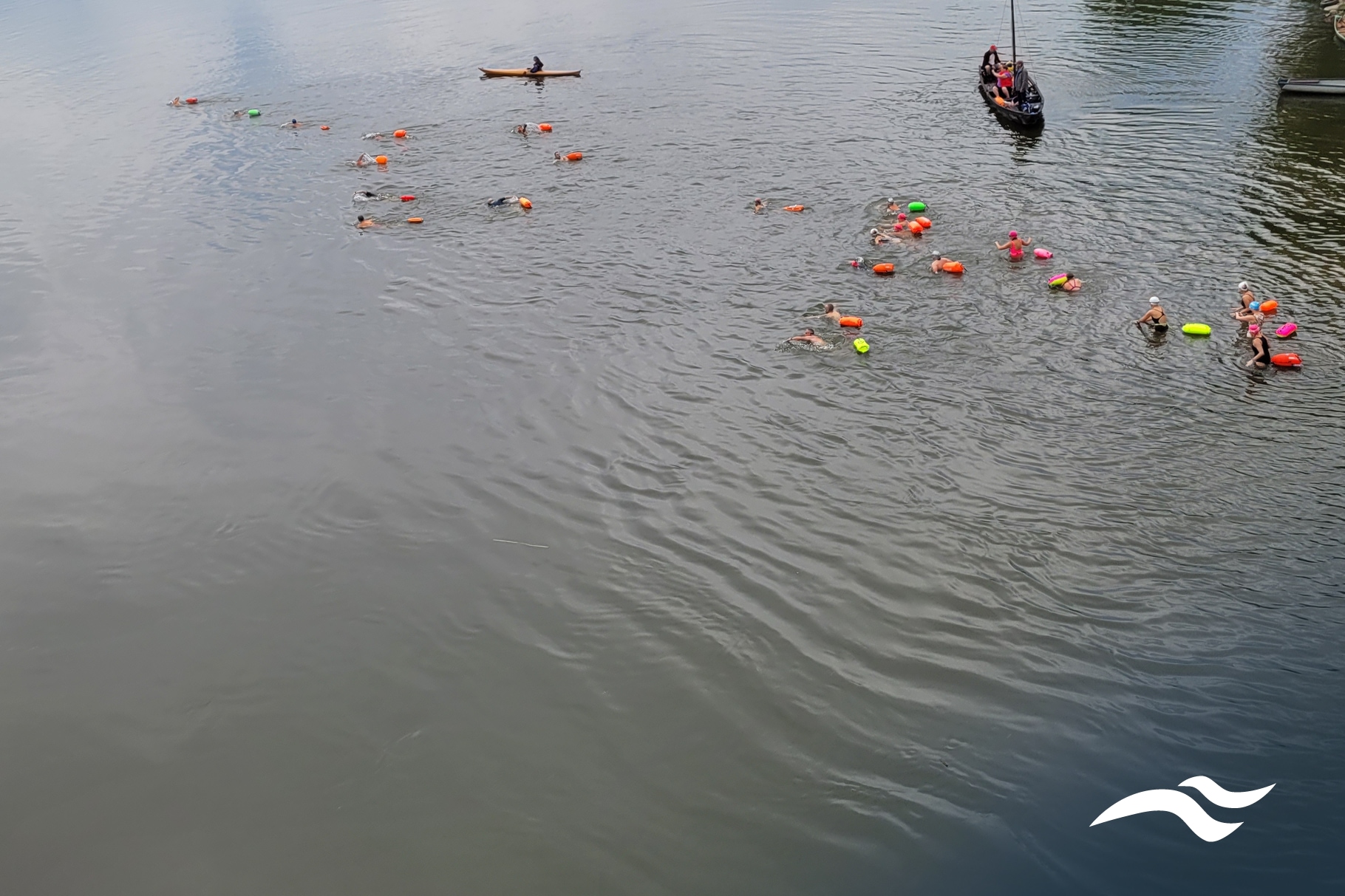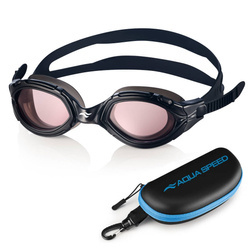We are rediscovering rivers. We are learning to use their potential again and understand how to coexist with them. We talk to Piotr Świtaj, a promoter of sports activities and a social animator focused on initiatives around the Vistula River.
The Vistula River
Is the community that forms around the river something natural?
I believe that the community that forms around the Queen of Polish Rivers—the last largely unregulated great river in Europe—at its most beautiful stretch, near Dęblin, cannot be something artificial. Nature has the power to bring people together, as long as we trust it, respect it, and approach it with reverence. It creates a sincere bond that allows us to draw great joy—both visually and physically.
Unfortunately, the Vistula in Poland has a bad reputation… completely undeserved! There are no dangerous whirlpools that pull people under or man-eating catfish. The only real danger of close interaction with this river comes from human interference, such as remnants of old bridges or illegal hydrotechnical structures left behind. In some areas, illegal waste discharges also pose a problem, affecting water quality and the organisms living within it.
Creating a Community Around the River
Understanding the river, accepting its beauty and the risks it carries… is this something that has been with you since birth?
Yes. Our Vistula riverside community consists of people who have been connected to it practically since birth. The Dęblin WOPR Team No. 8 is a Vistula "landmark" that I have always remembered. Mr. Jerzy Banach and his team patrolling the waters of our Vistula, the typical Vistula boats—so-called Pychówki—are elements that have become a permanent part of the landscape of the Dęblin stretch of the river. Even today, at the marina in Dęblin, you can meet enthusiasts and admirers of these traditional boats. As a child, I often spent time with my parents by the Vistula—whether on walks, by campfires on its banks, or sometimes swimming or fishing.
The River as a Place of Recreation and Adventure
Water is a space for recreation and adventure, but to enjoy it, one must take care of it—how do you do that?
First and foremost, to safely enjoy the waters of the Vistula, one must remember certain rules. The Vistula has its own unique charm. Along its course, you can find beautiful sandy beaches, lush vegetation, and shallow areas perfect for wading on hot days, but also sections with strong currents and significant depths. One of the key pillars of safety when using the river’s gifts is the ability to swim and the awareness that the current won’t harm you—it will simply “carry” you a little further downstream.
I’ve had the opportunity to swim around 100 km in its embrace at different times of the year—including winter—at various water levels. Each time, it was a fantastic adventure. When it comes to taking care of the river, aside from the WOPR lifeguards overseeing our stretch of the Vistula—currently led by Michał Mikusek—a significant contribution, particularly in maintaining cleanliness, is made by Janusz Mońka. He is the good spirit of the Dęblin marina, who has been visiting and caring for the riverbank for decades, ensuring it retains its natural charm.
Bringing People Together: Slow Swimming and Winter Swimming
Are Slow Swimming and winter swimming competitions that you organize a way to promote and spread awareness of the river’s value (for tourism, the economy, and education)?
Slow swimming on the Vistula was a very spontaneous idea. It emerged when Leszek Naziemiec visited us. I had the opportunity to swim with him on several sections of the Vistula Odyssey. That’s when the idea came up—why not organize Poland’s first recreational event, without racing, to promote open-water swimming? And… it happened! For the first event, we actually swam in two rivers. We started in the Wieprz River, then entered the Vistula and finished at the marina in Dęblin.
A crucial role in making it happen was played by Mariusz Zajączkowski, President of the "Rebuilding the Dęblin Marina" Association, who arranged the safety measures. The event took place on August 3, 2019, with 45 brave participants from all over Poland. It was a fantastic adventure and the beginning of what has now become a recurring gathering of swimmers from across the country. They come together to enjoy recreational swimming from Dęblin to Stężyca and then spend time around a bonfire, sharing stories and forming new friendships.
Also, check out Slow Swimming with AQUA SPEED organized in Ełk by the Zahartowani Sports Club.
Environmental Education
How can we teach children to respect the river and its entire ecosystem while also acting preventively in harmony with nature to mitigate potential floods?
Children are the future of the world, which is why their education is so important. Teaching about rivers primarily involves making them aware that nature should not be altered. We should not aggressively interfere with its natural course. Recent catastrophic events have demonstrated the crucial role of natural floodplains, which should not be taken away from nature by humans. Polluting rivers contributes to the destruction of aquatic ecosystems. All of this shows that if we do not take care of our natural treasures, sooner or later, we will pay the price… And this is what we must teach children.
It is essential to show them the beauty of nature and allow them to experience it in a tangible way, rather than just virtually. We should highlight real values so that children can feel for themselves how wonderful it is to live in harmony with nature and find joy in it.
---
Interview by: Maciej Mazerant, Managing Editor of AQUA SPEED Magazine








